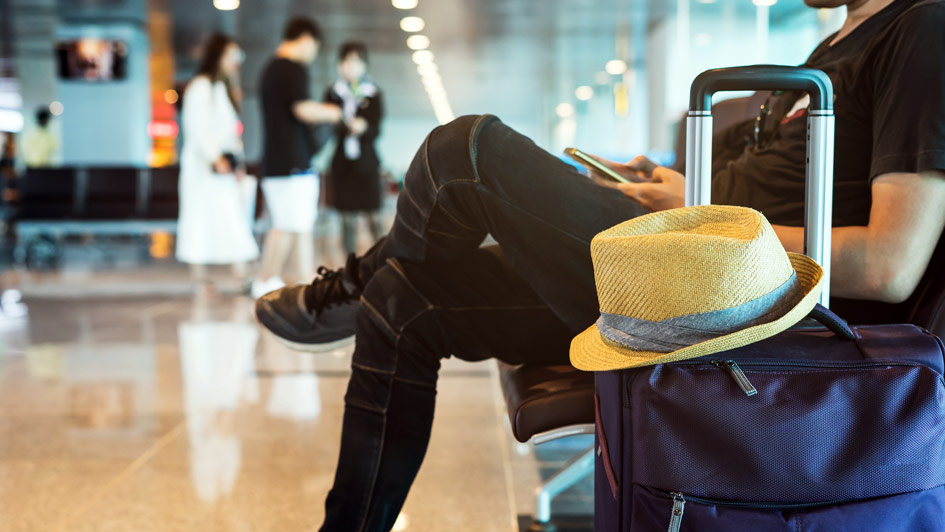
From a relaxing vacation or a lengthy trip for work, taking a trip means making preparations for your heating and cooling system. You don't need it as long as you’re away, so you can adjust the temperature as needed to conserve your energy use. Simultaneously, you don’t want to just leave it off for the entire time you're out of the house.
For the most part, it’s better to leave your HVAC system running and just raise or lower depending on whether it's winter or summer. That way you can minimize energy costs without stressing about coming back to an uncomfortable home. We’ll explain why you shouldn’t turn your HVAC system off as well as the ideal thermostat settings for summer and winter.
This Is Why You Avoid Leaving Your Thermostat Alone
While you may be wanting to shut your HVAC system down before a trip, this could end up stirring up annoying problems by the time you come back. This is especially true when the weather will be severely hot or cold while you’re out of town.
As an example, switching the HVAC system off in the summer will sometimes produce very high humidity. Not only will your home feel muggy and uncomfortable when you have returned, but it might have also invited mold/mildew growth or pest infestations.
And over the winter, not using the furnace can lead to pipes freezing or even bursting. It’s never fun to return home from a vacation only to come across considerable water damage near a broken pipe.
Energy-Efficient Thermostat Settings While at Work
You can make temperature adjustments even if you’re coming and going to work. Because you’re away for around 8 hours or so, it doesn’t make sense to keep an empty home at the same temperature you’d usually have. In general, it’s encouraged to adjust the thermostat by 5 degrees or so. Meaning that if you prefer a comfortable 72 degrees, consider raising it to 76-77 while you’re at work.
But you could save even more if you try further adjustments to the temperature. As stated by the Department of Energy, you might save about 10% on your HVAC expenses by raising the temperature by about 7-10 degrees.
Energy-Efficient Thermostat Settings While on a Trip in Summer
If you leave for an extended trip in the middle of summer, you can make more significant adjustments. This ensures you don’t waste energy while still defending your home from the problems that come with leaving it un-air conditioned. Around 5 degrees is recommended for shorter trips while a larger adjustment of 10 degrees is ideal if you’ll be gone for 2 weeks or more. If you enjoy keeping the house at 72 in the summer, 78-82 can offer great results.
Ideal Thermostat Settings While On a Trip in Winter
To try and find the ideal thermostat setting for a winter trip, just lower the temperature by the same amount you would increase it in summer. 68 is a common winter thermostat setting, so lowering it to 63-58 will keep your plumbing safe while limiting how frequently your furnace operates.
A Smart Thermostat Can Help: Advantages of Smart Thermostat Installation
A great way to manage your home’s HVAC system while away is using a smart thermostat. This advanced type of programmable thermostat employs intelligent software to monitor your preferred comfort habits. It learns these preferences and makes automatic corrections to the schedule for better energy efficiency. And with Wi-Fi integration, you can remotely access your heating and cooling from a smart device like a phone or tablet.
Smart thermostats are packed with features to help you save even more. For instance, some models can monitor electricity prices to increase heating or cooling when prices are lower. They can also work with high-efficiency, variable-speed equipment to refine how long your HVAC system has to run. It’s the perfect tool to simplify how you use your comfort system. If you’re planning on investing in a smart thermostat, there are different ways you can lower your costs, effectively getting a smart thermostat for free. The next time you leave for vacation, you can enjoy true peace of mind that your HVAC system won’t cause any trouble while you’re away.
